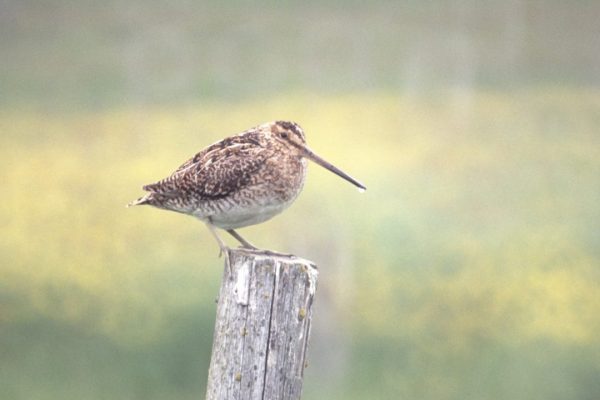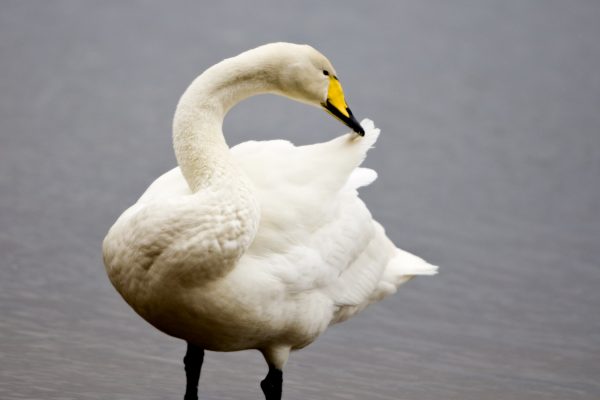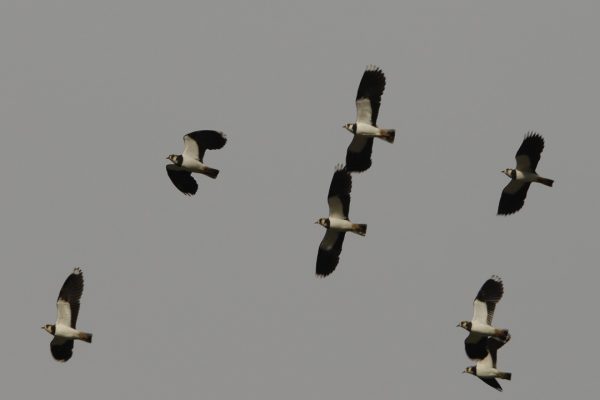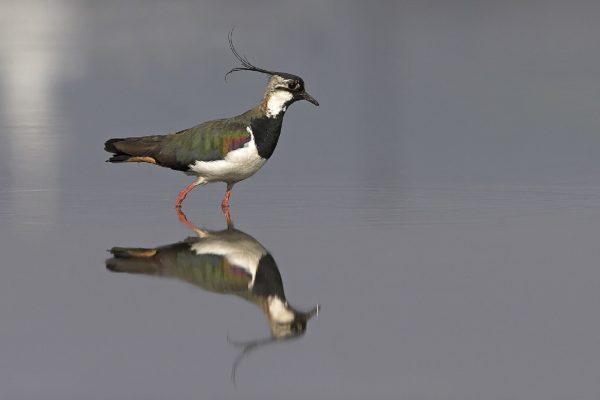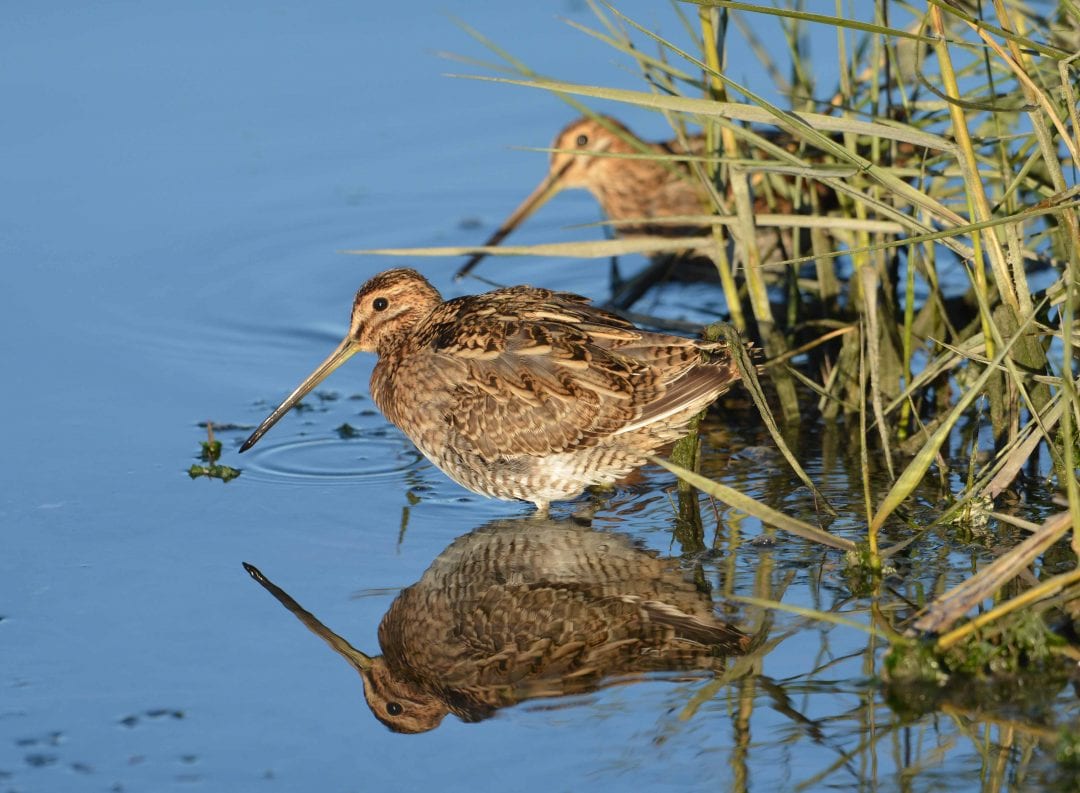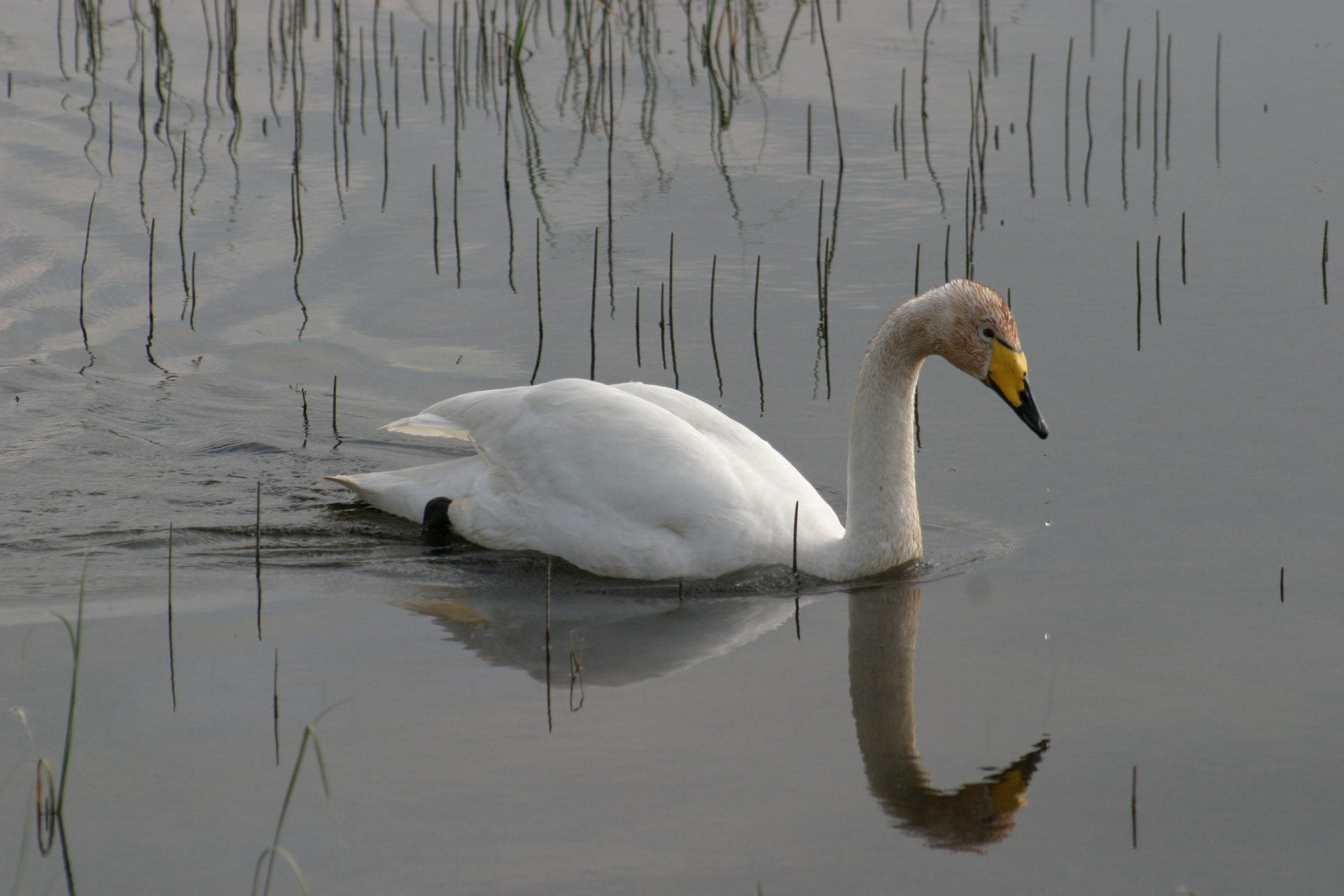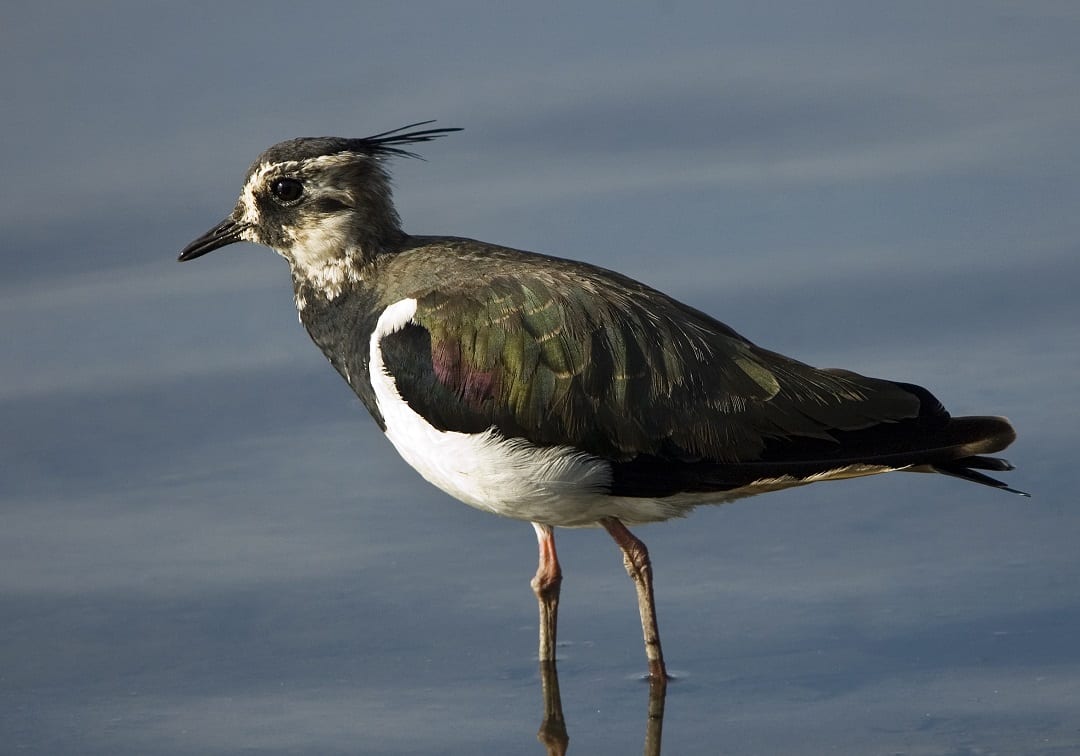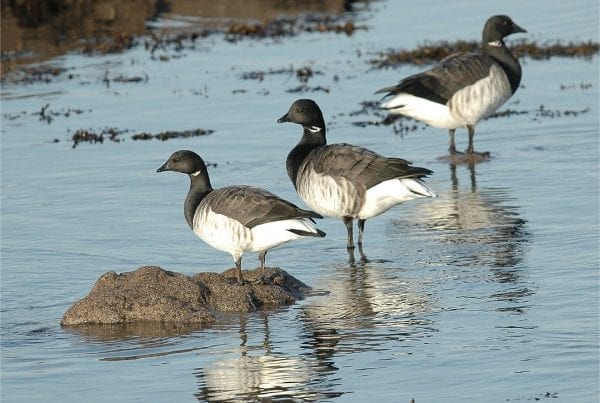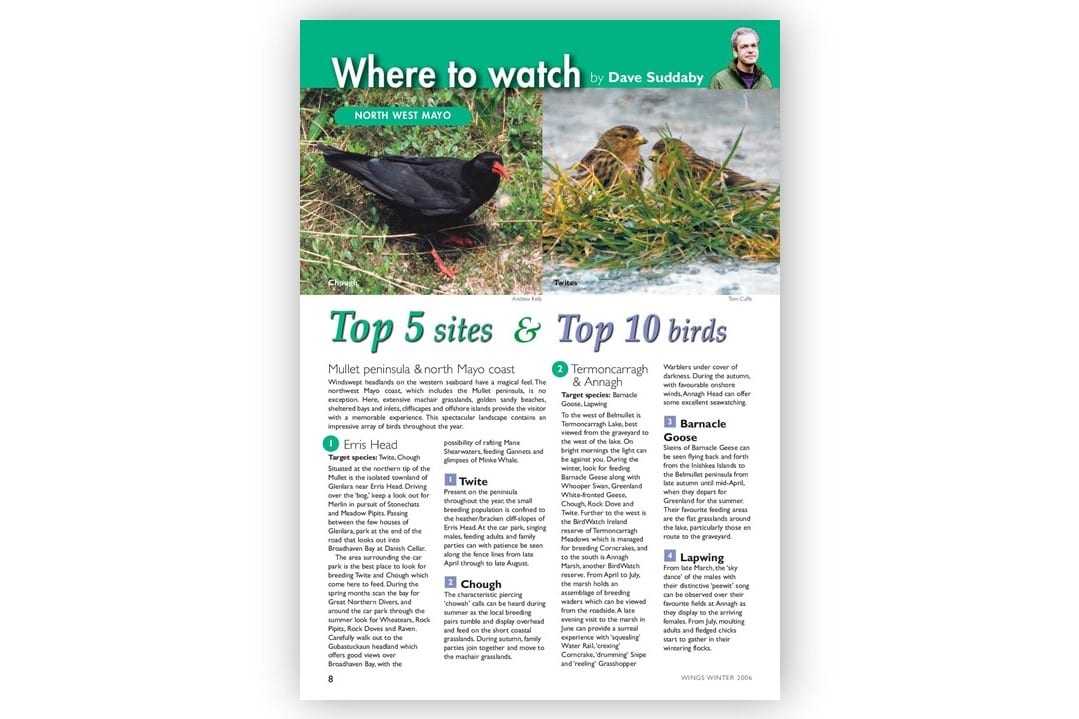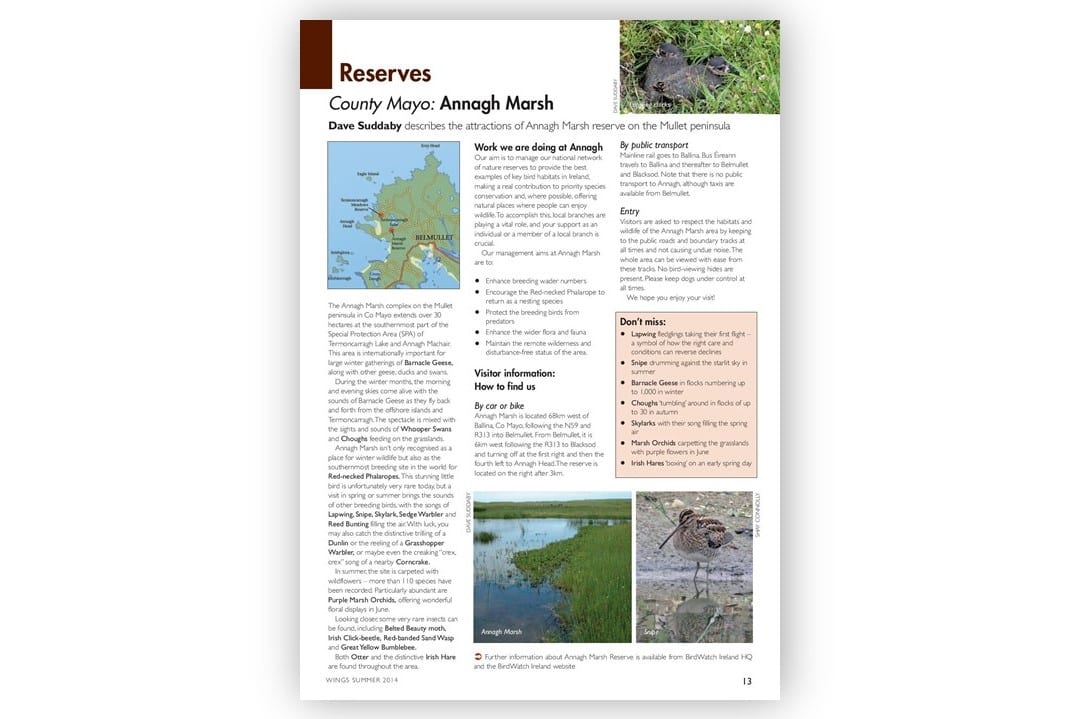
Annagh Marsh , Co. Mayo
The Annagh Marsh Reserve is an open pool system set within wet grasslands associated with the rare coastal machair ecosystem (flat sandy grasslands). Historically it was renowned for its breeding Red-necked Phalaropes and was the most southerly breeding location in the world for that species. Unfortunately they ceased to breed in the early 1980’s. However they are making a comeback thanks to the ongoing management of the reserve, initiated by the EU LIFE project between 2002 and 2005. More typical breeding waders to be found are Lapwings and Snipe. Throughout the area Chough, Rock Dove and Twite are regularly seen, sometimes in numbers during the winter and dabbling ducks, Barnacle Geese and Whooper Swans occur in winter, commuting from Termoncarragh Lake. The reserve is also important for an array of rare insects which are found in very few other areas, such as the Great Yellow Bumblebee.


